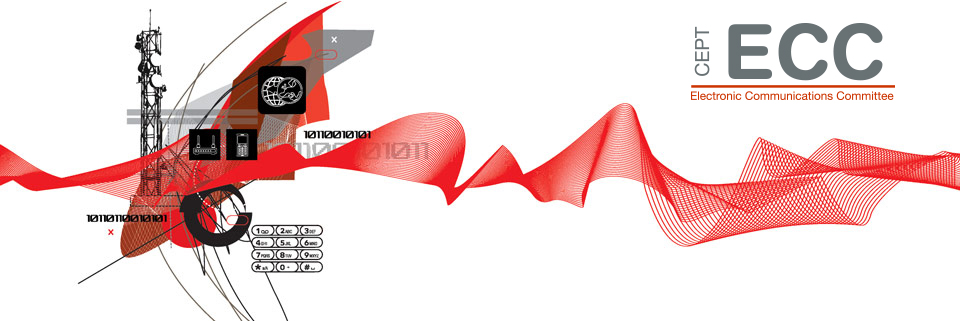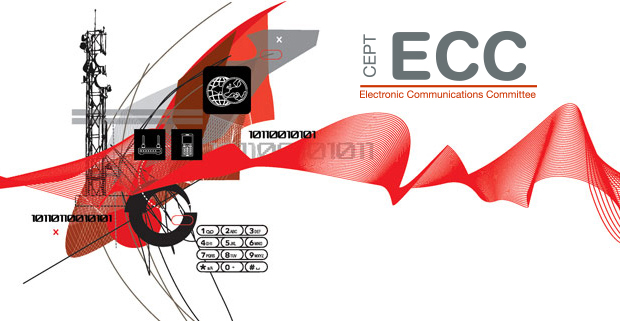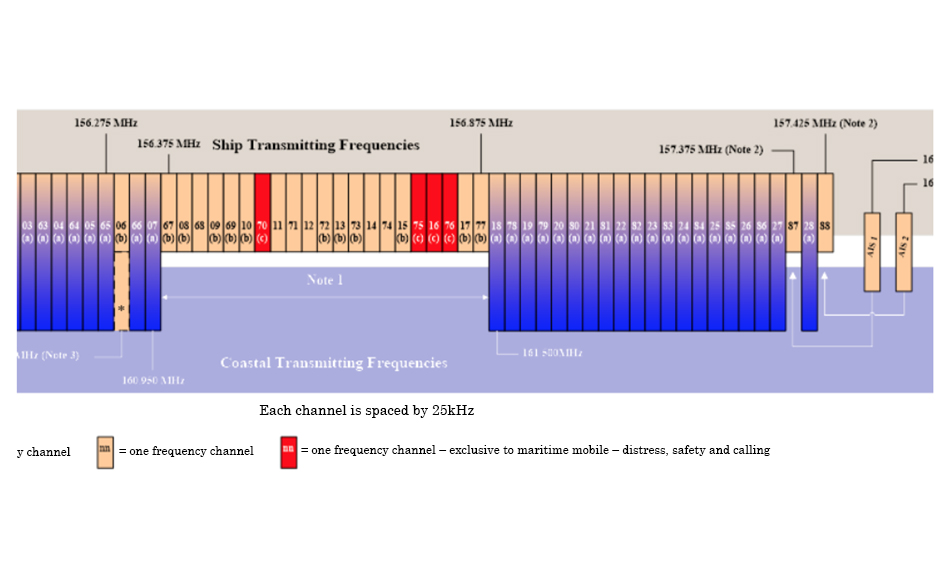ECC Newsletter May 2022
ECC introduces regulation to operate autonomous maritime radio devices
As radio devices at sea become more common, the Electronic Communications Committee (ECC) has moved to ensure that safety is put to the forefront of spectrum use, writes Robin Donoghue, ECO Expert in Spectrum Management
The safety of people working at sea and those who simply enjoy sailing is of paramount importance. In recent years, advances in technology have led to several innovations to enhance safety of navigation for both the pleasure sailor and those operating small commercial vessels. Among those innovations have been man-overboard devices, which have become more accessible, smaller, more reliable and more integrated into the vessel.
They have been produced under the watchful eye of the International Maritime Organization (IMO), which is responsible for the International Convention for the Safety of Life at Sea (SOLAS), a convention that has provided a framework for safe maritime operations for many years.
Man-overboard devices operate in the VHF radio spectrum. This gives the best compromise between range and information while the user is able to successfully operate and detect the casualty floating on the waves.
The use of the VHF spectrum by maritime users is set out in International Telecommunications Union (ITU) Radio Regulations Appendix 18, the "Table of transmitting frequencies in the VHF maritime mobile band".
Frequency arrangements for RR Appendix 18 (Source ITU-R M.2231)
Yet, there was an unintended consequence of the creation of devices using the VHF spectrum: their proliferation led to the creation of applications that were not envisioned by the maritime industry with safety in mind. For example, as fishing buoy markers entered the market, they started using the VHF radio spectrum.
Several CEPT administrations reported concerns that signals from non-safety applications could mask or interfere with signals originating from someone who had fallen overboard and was in distress. The issue had therefore become a priority for the enforcement agencies of many countries internationally, including several CEPT administrations.
- As a consequence, the World Radiocommunication Conference 2019 (WRC-19) agreed to regulate the use of autonomous maritime radio devices (AMRDs) in order to enhance safety of navigation and to ensure the integrity of the Global Maritime Distress and Safety System, the international integrated communication system for distress and safety at sea.
WRC-19 concluded that only AMRD Group A – man-overboard devices with digital selective calling and mobile aids for navigation – are permitted to use Radio Regulations Appendix 18 frequencies which are allocated for digital selective calling and automatic identification systems. In the case of digital selective calling, those frequencies include Channel 70 (156.525 MHz), AIS 1 (161.975 MHz) and AIS 2 (162.025 MHz). Put simply, AMRD Group A enhance the safety of navigation. - WRC-19 concluded further that AMRD Group B – all other types of AMRDs, including basic man-overboard devices without digital selective calling - may only use the frequency 160.900 MHz (channel 2006). Devices within AMRD Group B are limited to a transmitter e.i.r.p. of 100 mW and an antenna height not exceeding 1 metre above the surface of the sea.
Underpinning the work of the WRC-19 are several ITU-R recommendations in the "M" series of recommendations for the "Mobile, radiodetermination, amateur and related satellite services". These include M.2135, M.1371, M.493 and M.585. In particular, the M.585 sets out the "Assignment and use of identities in the maritime mobile service". This is of particular interest to CEPT administrations as it sets out the common global system for uniquely identifying any man-overboard device - in effect the number identity of the AMRD.
In October 2020 the Working Group on Frequency Management (WG FM) recognised that the conclusion of the WRC-19 presented the opportunity to develop an ECC Decision to regulate the use of AMRDs within CEPT administrations. In doing so, the WG FM also noted that they expected that the proliferation of AMRDs will continue. Twelve CEPT administrations, with substantial coastal and maritime industries, supported the creation of an ECC Decision to regulate the operation of AMRDs in the CEPT region.
The project team FM58 (Maritime) was instructed by the WG FM to develop a new ECC Decision for AMRD operation.
The resulting draft ECC Decision (22)02 was approved for public consultation in February 2022. There were no comments received during that publication, other than minor editorial corrections. It is therefore expected that the ECC will publish this new ECC Decision in July 2022.
The draft ECC Decision (22)02 largely follows the outcome of the WRC-19 and the associated ITU-R recommendations.
- It designates channels 70 (156.525 MHz), AIS 1 (161.975 MHz) and AIS 2 (162.025 MHz) of Radio Regulations Appendix 18 for safety-critical AMRD Group A devices.
- It designates channel 2006 (160.900 MHz) of RR Appendix 18 for (all other) AMRD Group B devices.
- It sets a time limit of 31 December 2024 for apparatus previously permitted to use channels AIS 1 and AIS 2 but do not meet the description of Group A devices to cease using these frequency channels.
The separation of channels between the man-overboard devices with digital selective calling in Group A and other devices in Group B, should prevent the radio signals of safety critical equipment being interfered with, thus improving the reliability of these essential devices.




